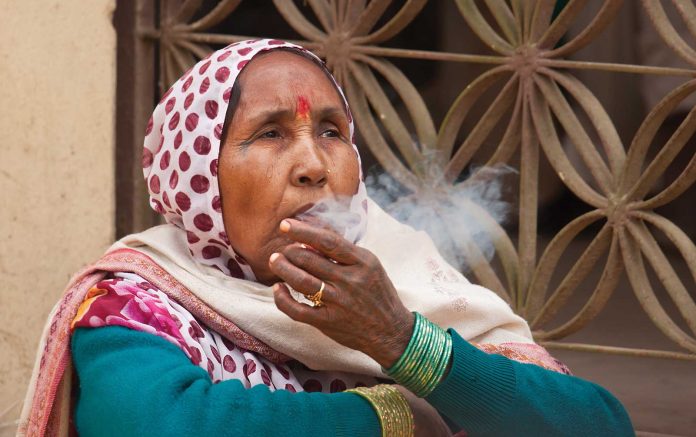By Joy Curzio
Posted: April 1, 2019
Lung cancer is the leading cause of cancer death among women, with the 5-year survival rate at just 21%.1 An estimated 70,500 women in the United States alone died in 2018 due to lung cancer,1 and a recent study analyzing data from the World Health Organization (WHO) has projected that estimated global mortality for women with lung cancer will continue to climb to as high as 43% by 2030, surpassing breast cancer mortality—a trend that has already begun in several countries.
A study by Martín-Sánchez et al.,2 which appeared in Cancer Research, found that the shift is most likely due to highly effective and utilized screening tools for breast cancer, as well as an increase in tobacco use among women in many countries. Until recently, lung cancer mortality has been higher in high-income countries than in middle- and low-income countries because tobacco use has not been as widespread in the latter. However, according to a report by The International Agency for Research on Cancer (IARC), “The extent of the projected increases in lung cancer and other tobacco-related disease is, however, inextricably linked to the global tactics of tobacco companies aiming to expand their sales.”3 The report states that countries with a low Human Development Index and in economic transition, such as Bangladesh and China, are experiencing a surge in tobacco use, with women adopting the habit in geographic areas where smokers had mainly been men, and that more than 80% of all smokers reside in low- and middle-income countries.
Martín-Sánchez and colleagues used cancer mortality data from the WHO Mortality Database. Age-standardized mortality rates (ASMRs) per 100,000 were calculated for 2008 to 2014 and projected for 5-year intervals beginning with 2015 and ending with 2030 using a Bayesian log-linear Poisson model. The median ASMRs are projected to increase for lung cancer in 52 countries from 11.2 in 2015 to 16.0 in 2030. The highest rate projections are for Europe and Oceania, and the lowest rate projections are for the Americas and Asia.
Both the IARC report and the Martín-Sánchez study emphasize that tobacco control measures, such as taxes and the elimination of advertising,3 could have the most dramatic and lasting effects on these projections. ✦
References:
1. American Cancer Society. Cancer Facts & Figures 2018. Atlanta: American Cancer Society; 2018.
2. Martín-Sánchez JC, Lunet N, González-Marrón A, et al. Projections in Breast and Lung Cancer Mortality among Women: A Bayesian Analysis of 52 Countries Worldwide. Cancer Res. 2018;78(15): 4436-4442.
3. International Agency for Research on Cancer. World Cancer Report 2014. publications.iarc.fr/Non-Series-Publications/World-Cancer-Reports/World-Cancer-Report-2014. Accessed December 4, 2018.











